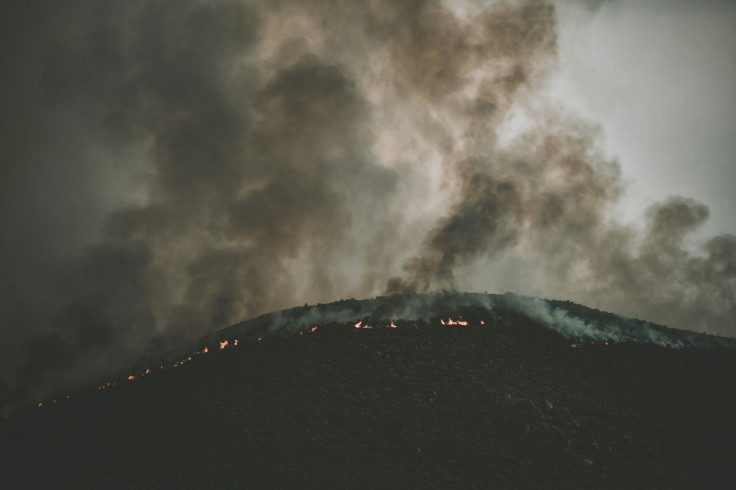Canyon Fire Chaos: Did Ventura County Fail to Warn Lake Piru and Santa Clara in Time?
No official report confirms a failure in Ventura County's alert system

A fast-moving wildfire known as the Canyon Fire erupted on Thursday, 7 August 2025, around 1:30pm near Lake Piru in Ventura County, California. The blaze rapidly expanded to over 1,500 acres within a few hours, triggering large-scale evacuations in both Ventura and Los Angeles counties. As firefighters battled extreme conditions, concerns surfaced over whether local authorities provided timely evacuation warnings to residents in high-risk areas such as Lake Piru and Santa Clara.
Rapid Spread Raises Alarm Across Counties
The Canyon Fire ignited in dry brushland near the Ventura–Los Angeles county line, driven by scorching temperatures, low humidity, and strong winds. Within hours, the fire had exploded from its initial 30-acre size to more than 1,500 acres, with zero per cent containment by late evening.
According to the Ventura County Fire Department, the flames advanced so quickly that multiple air and ground units were immediately deployed. Over 150 firefighters were sent to the frontlines, supported by helicopters and other air support, attempting to control the perimeter.
Los Angeles County officials, already on high alert due to regional heat warnings, issued multiple evacuation orders and advisories as the fire moved southeast.
Evacuation Orders Across Lake Piru and Santa Clara
Emergency services moved swiftly to evacuate vulnerable areas. In Ventura County, 56 people were evacuated from the Lake Piru recreation area shortly after the fire was reported. Simultaneously, Los Angeles County authorities issued evacuation orders covering over 4,200 residents and 1,400 structures, with a further 12,500 people placed under evacuation warnings, said Andrew Dowd, spokesperson for the Ventura County Fire Department, as reported by AOL.
The TimesUnion reported that LA County Supervisor Kathryn Barger urged residents to take evacuation alerts seriously. 'Extreme heat and low humidity in our north county have created dangerous conditions where flames can spread with alarming speed,' Barger said. 'If first responders tell you to leave, go—without hesitation.'
Road closures and poor air quality were reported throughout the Santa Clara Valley, with residents facing rapidly deteriorating visibility and thick smoke drifting across neighbourhoods.
Extreme Fire Conditions Fuel Rapid Expansion
Fire behaviour experts attribute the Canyon Fire's acceleration to a combination of heatwave conditions, prolonged drought, and abundant dry vegetation. Temperatures across Ventura County exceeded 38°C (100°F) during the fire's initial spread, creating a high-risk environment for flare-ups and spot fires.
These weather patterns mirror the conditions feeding the larger Gifford Fire further north, which has become California's largest blaze of the year. That fire has burned more than 83,000 acres and required the efforts of over 2,200 firefighters to contain.
Questions Arise Over Timeliness of Alerts
As of the latest updates, there is no public evidence or official report indicating that Ventura County failed to warn Lake Piru or Santa Clara residents in time. According to statements from fire officials and county authorities, evacuation orders were issued promptly after the Canyon Fire ignited on the afternoon of 7 August.
While no formal investigation has been announced into Ventura County's emergency alert protocols, the intensity and speed of the Canyon Fire's spread remain under analysis by fire authorities. The situation highlights the challenges emergency teams face in fast-moving wildfires, where even well-timed alerts may be difficult to act upon in remote or recreation-heavy areas like Lake Piru.
© Copyright IBTimes 2025. All rights reserved.





















